HOW TO START UP A
SUSTAINABLE
FASHION
BRAND
Sustainable fashion is no longer a niche trend; it's a necessity in our world today. As consumers increasingly seek environmentally conscious alternatives, starting a small sustainable fashion brand that focuses on upcycling materials presents an opportunity for entrepreneurs and local economies.
In this article, we aim to make it easier for sustainable fashion entrepreneurs to start or grow their business. We will:
Delve into why we need more, small scale sustainable fashion brands that focus on upcycling materials,
Share resources and professional support provided by our collaborators
Address common questions about launching a sustainable fashion brand
Share a case study of a successful, small scale sustainable fashion brand focused on upcycling materials
Why Create a Sustainable Fashion Brand
Reducing Textile Waste: The fashion industry is one of the largest contributors to textile waste. Upcycling takes discarded materials and gives them new life, diverting them from landfills. By doing so, sustainable fashion brands reduce the strain on our planet's resources.
Minimizing Environmental Impact: Conventional fashion production often involves resource-intensive processes and harmful chemicals. Upcycling requires fewer resources and reduces the environmental footprint of fashion production, contributing to a healthier planet.
Supporting Local Economies: Sustainable fashion brands that upcycle often rely on local artisans and craftspeople. This support for local talent and industries not only bolsters the local economy but also fosters a sense of community.
Promoting Ethical Practices: Many sustainable fashion brands adhere to fair labour practices and ethical sourcing of materials. By choosing upcycled materials, these brands contribute to a fashion industry that is more equitable and humane.
Support:
These resources are generously offered by our collaborators — sustainable fashion entrepreneurs who are delighted to share their knowledge. Their goal is to simplify your journey in launching or expanding your sustainable fashion brand and upcycling projects. Our collaborators provide the support & resources they wished they had when starting out.
Case study: Chloe Haywood London
The circular economy sits at the heart of Chloe Haywood London – what started as simply ‘upcycling’, Chloe goes that extra step further to ensure there is no waste at all. Every material has a use, or reused, or if not within Chloe Haywood London, it will be passed on to other designers, organisations to divert from landfill.
Chloe loves using gorgeous fabrics such as cashmere and silk but is drawn to colour, and endeavours to continue manufacturing from amazing waste fabrics before they leave the country lowering the carbon footprint and essentially landfill in the UK and abroad.
The most important point being that the designs look gorgeous, are desirable, that the goods will last and give pleasure for years to come, but that don't cost the earth.
Frequently Asked Questions about Starting a Small Sustainable Fashion Brand that Upcycles Clothing and Materials:
1. How can I source upcycled materials for my fashion brand?
Look for local charity shops, vintage shops, or even online marketplaces where you can purchase discarded clothing and fabrics. Often you can also get them for free.
Establish partnerships with textile recycling centers, businesses, or organizations that provide surplus materials.
2. What skills and knowledge do I need to start a sustainable fashion brand?
A fundamental understanding of fashion design and garment construction is crucial.
Familiarize yourself with upcycling techniques and sustainable fashion practices by attending workshops, courses, or collaborating with experienced upcyclers.
3. How can I build a brand identity for my sustainable fashion label?
Define your brand's values and mission, emphasizing sustainability, upcycling, and ethical practices.
Develop a unique style or design aesthetic that sets your brand apart in the market.
Create a compelling brand story that resonates with your target audience.
4. How do I market and sell my sustainable fashion products?
Many brands start selling on markets or online marketplaces to test out products and ideas.
Establish an online presence through a professional website and social media platforms.
Participate in sustainable fashion events, pop-up markets, and collaborations with like-minded brands.
Highlight the eco-friendly aspects of your products in your marketing efforts to appeal to conscious consumers.
Starting a small sustainable fashion brand that focuses on upcycling is not only a rewarding endeavour but also a powerful step toward a more sustainable and ethical fashion industry. By reducing textile waste, minimising environmental impact, supporting local economies, and promoting ethical practices, sustainable fashion brands play a crucial role in shaping the future of the fashion industry. As you embark on this journey, remember that you are not alone; a community of like-minded entrepreneurs and resources is available to support your vision. Together, we can make a positive impact on the environment and contribute to the growth of sustainable fashion, benefiting both local and global economies.

